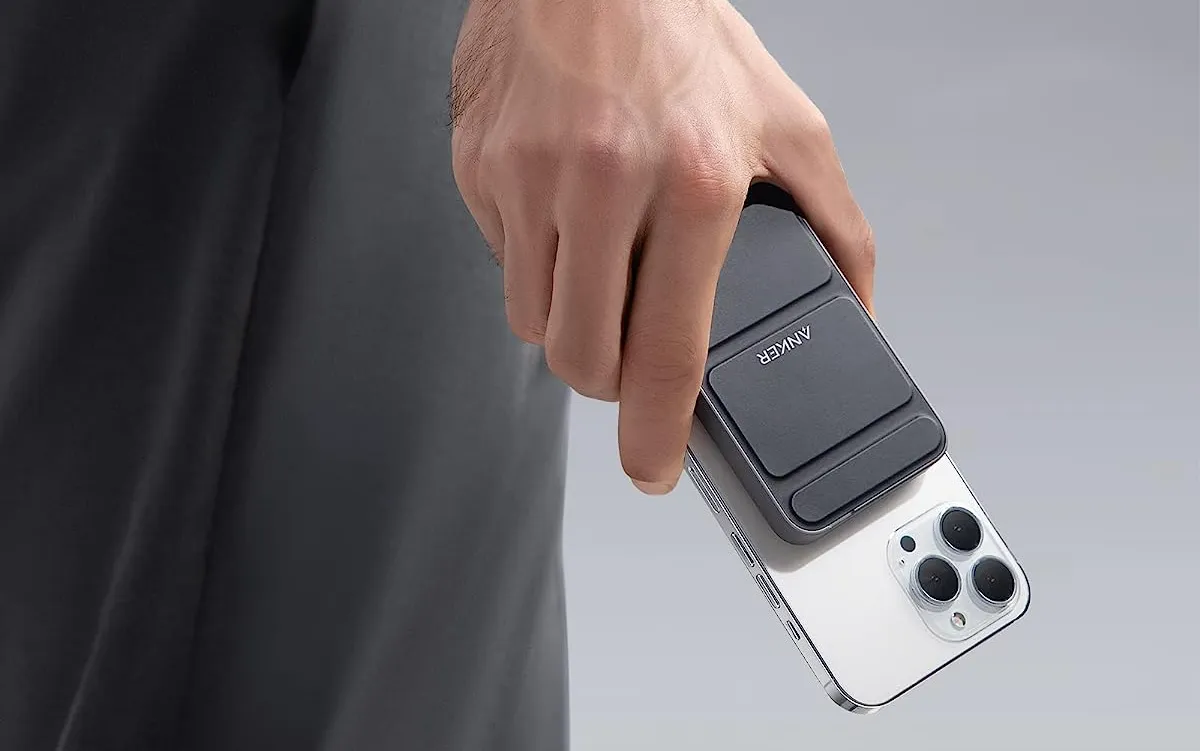Having the router well configured is key to achieving an optimal connection at home. It is important to be able to connect devices of all types, such as a computer, mobile phone, television… However, sometimes it is advisable to make changes to the configuration that comes by default when purchasing the device. We are going to talk to you about some adjustments that you could make, with the aim of improving the connection and avoiding problems.
Sometimes, simply by changing small settings on your device, you can achieve a significant improvement in performance and security. If you have recently changed your router, it may be interesting to review what we are going to show, to see if you could make any changes.
Router configuration changes
It does not mean that the fact that some of these configurations come like this by default is of no use. However, if you are not really going to use them, it may be useful to remove them. In the case of DNS or passwords, you would have to modify them.
WPS
First of all, a classic is to have WPS activated. It is used to authenticate wireless devices on the network and you would simply have to press the button. Many routers have this function and have it activated by default. But this can be a problem if what you want is to enhance your security.
The problem is that attackers could hijack the WPS and gain access to the wireless network. If you deactivate it, that risk will disappear. Also, this does not mean that you cannot connect devices to the network, but rather that you would have to enter the access code and waste some time in this process.
UPnP
Something similar happens with UPnP, which stands for Universal Plug and Play. It is not something new, since it is a protocol that emerged in the 2000s. What it does is open the ports of the router automatically when you need it. This software simply takes care of it, when a program requires certain ports to be open.
This, although something that provides comfort, can pose a risk. The ideal would be to disable it and open the ports yourself, manually, when you need it.

Keep default DNS
It doesn’t mean it’s always bad to keep default DNS. Normally, the router uses those provided by the operator you have contracted. However, this can sometimes be a problem. It is for performance, since the connection could be worse, but also for security.
There are many DNS servers that you can use, such as those from Google or Cloudflare, among others. You can always take a look at what is available and decide which one interests you the most, depending on whether you want greater privacy or are looking for faster speeds.
Default passwords
When you buy a router, it will come with factory default passwords. This includes the Wi-Fi key, but also the key to access the settings. Logically, this is better than nothing. You should never have the device without any type of protection. Now, it is important to change that default setting.
Ideally, you should set a different password both for Wi-Fi and to access the settings. Make sure you use one that is reliable, reliable, and has letters (upper and lower case), numbers, and other special symbols. You should not use one that you are already using anywhere else.
In short, these are some changes you could make to your router. Maybe you have a certain factory configuration and it is not convenient for it to be like this. If you are looking to optimize security, you should perform a review.












